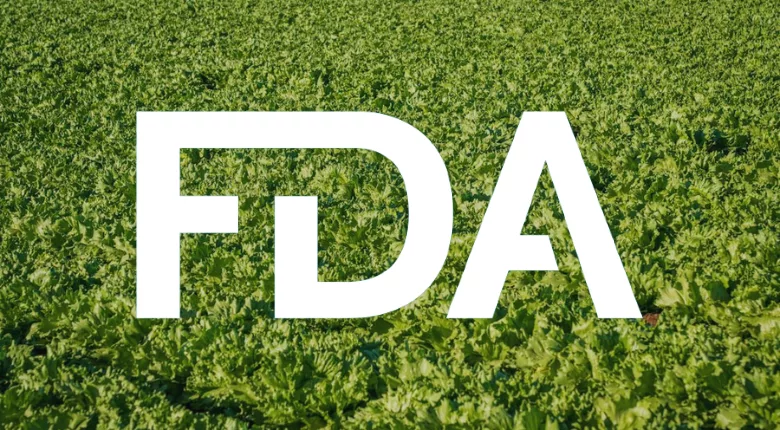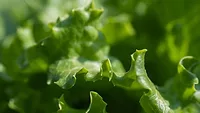FDA Provides Updates on Leafy Greens Action Plan Accomplishments

Image credit: Mark Stebnicki via Pexels
The U.S. Food and Drug Administration (FDA) has updated its Leafy Green STEC Action Plan (LGAP), which was first released in 2020 following a number of reoccurring foodborne illness outbreaks linked to leafy greens that were caused by Shiga toxin-producing Escherichia coli (STEC).
The update includes additional information on sampling assignments, method developments, and a status update on the agency’s long-term longitudinal studies in Arizona and California. FDA has also released a new fact sheet on the food safety impact of land uses adjacent to and nearby where produce is grown. A full list of updates about LAGP accomplishments can be found on FDA’s website.
FDA and public and private sector partners have worked to enhance the safety of leafy greens through the development and implementation of LGAP since its introduction. This work includes prioritized inspections, focused sampling, stakeholder engagement and collaboration, data sharing, root cause investigations, and advancements in the science of detection and prevention.
Work under LAGP has expanded the body of knowledge about how and why outbreaks linked to leafy greens have occurred, which has guided and informed the evolution of the action plan over the years. As FDA’s food program transitions into the new, unified Human Foods Program, produce safety staff at the agency are also examining how best to apply the lessons learned and advancements made under LGAP to produce safety overall, while also looking for ways to strengthen FDA’s commitment to leafy green safety in the future. FDA will continue to engage with produce stakeholders to prevent foodborne illness.
FDA intends to discuss its vision for produce safety efforts under the Human Foods Program in early 2024.
Looking for quick answers on food safety topics?
Try Ask FSM, our new smart AI search tool.
Ask FSM →









